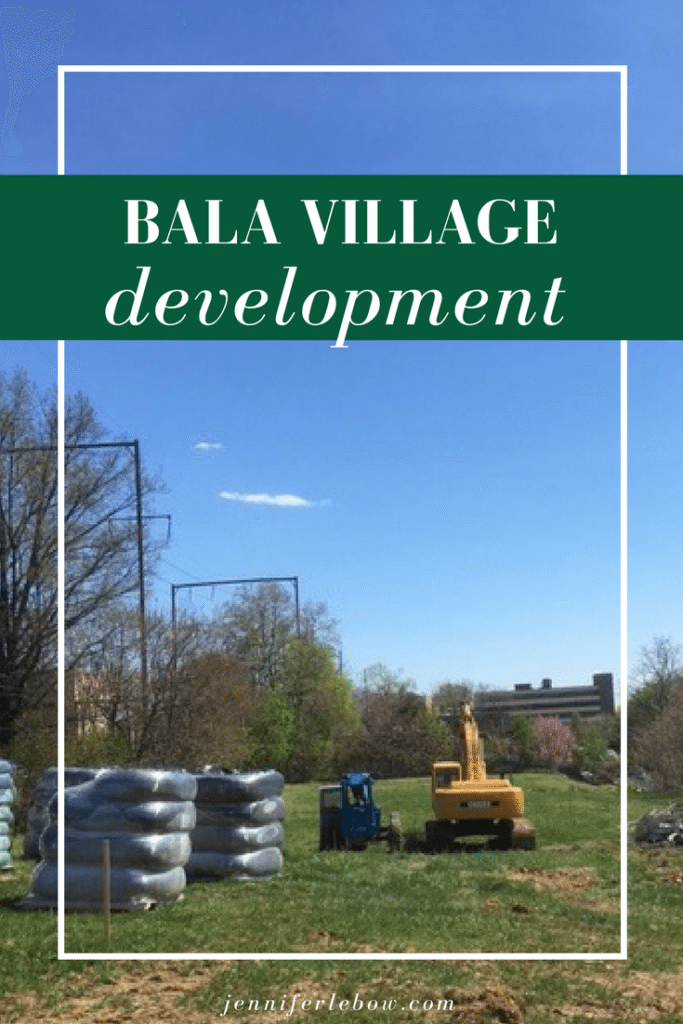
Almost everyone with any Russian heritage has seen these primitively painted nesting dolls on a grandmother’s shelf. As children, many of us were fascinated by their detailed paint and how the two halves had to be exactly properly aligned so as not to mar the patterns. “Matroyshka” was a country word for “mother” and these dolls normally represent the idea that within each mother is a daughter who then, in turn, becomes a mother herself. The egg-like shape is also supposed to suggest a pregnant woman “hiding” her babies inside. The painting is often of women in traditional garb, thought the particular flowers used may represent a certain region. Sometimes a story is told, frequently through the apron panels of the sequentially smaller dolls or through what they may be carrying. The craftsmanship required of the woodworkers who create these using just a few tools and a lathe is extensive. Because any set of dolls must fit snugly together, all the dolls in a set must be made from the same piece of wood so that expansion and contraction are uniform. Whether made from lime, balsa, alder, aspen, or birch, the wood must be slowly dried before the woodworker can begin.
While these dolls are only a little over 100 years old, they gained great popularity after they were featured in Russia’s exhibit in the 1900 World Fair and became highly sought after collectibles immediately. The dolls got there start when an industrialist who had a passion for folk art shared his interest with his brother who opened the Children’s Education Workshop where the dolls were first made along with other toys for children. While the workshop closed in 1890, the toy making was relocated to a city in Russia famous for toy making since the fourteenth century which is where most of the Matroyshka dolls are still made today.








